The UN Declaration on Human Rights guarantees that every man and woman has:
the right to freedom of thought, conscience and religion; this right includes freedom to change his religion or belief, and freedom, either alone or in community with others and in public or private, to manifest his religion or belief in teaching, practice, worship and observance.
These words have not translated well into practice, at least according to a recent Pew study that shows religious freedom in retreat around the globe. It is not for lack of attention though. A multimillion-dollar NGO industry publishes countless reports on persecution, and civic leaders regularly express their concern. Still, religious minorities find the world less diverse and more dangerous every year.
Part of the problem is our disembodied approach. Displaying a typical Western affinity for mind over matter, religious freedom advocates like me tend to think about faith in the abstract: something to hold in one’s heart rather than a comprehensive identity that has mass and takes up space. As a result, we favor statements, manifestos, and declarations over tangible arrangements on the ground.
Another obstacle is the religious freedom discourse itself. By zeroing in on the right to think, believe, and worship, we reduce persecuted groups (and, by extension, their plight) to just one dimension. That many of these groups are also indigenous minorities whose history predates, and whose culture differs from, the surrounding majority suggests that the UN Declaration on the Rights of Indigenous Peoples is just as relevant to the discussion as the better known Declaration on Human Rights.
Religious freedom does not need to be further enumerated; it needs to be embodied and enforced. In places where a persecuted faith community is coterminous with a native population, our advocacy should consider thicker solutions that include territory, governance, and security.
***
Take Egypt for example. Brutal attacks against Copts have plagued the country’s central al-Minya province for years despite its being one of the largest concentrations of Christians in the Near East (roughly 2 million out of 6 million inhabitants). Egyptian President Abdel Fatah al-Sisi has voiced support for Christian rights, but the gap between word and deed has left local Copts and international activists deeply troubled.
Copts are more than Christians—they are Egypt’s indigenous people, present in the country thousands of years before Christianity and Islam. It took centuries of Muslim rule for anyone to think of Copts or their country as “Arab,” and even then it was contested. With their distinct language, literature, and ethnicity, Copts participated in Arab culture without being subsumed by it. As late as 1905, the Arab nationalist thinker Negib Azoury was writing, “The Egyptians do not belong to the Arab race; they are of the African Berber family and the language which they spoke before Islam bears no similarity to Arabic.”
As Egypt’s first nation, Copts are entitled to indigenous rights as well as religious freedom. As a signatory to both UN declarations, Egypt ostensibly looks with favor on both.
Any solution for Copts needs to be holistic and three-dimensional. Perhaps the best way to curb religious violence against them is to designate one of Egypt’s most densely populated Christian regions as a protected area under the leadership of a Coptic governor and a Coptic-run security force.
***
To truly flourish, indigenous peoples like the Copts need a piece of land to call their own. The land need not be sovereign, contain a demographic majority, or encompass their entire historic homeland. Its purpose is to establish a cultural footprint in some part of the homeland, however limited, to incarnate that people’s rights. Just as creating a national park helps conserve an area’s biodiversity, so too making al-Minya a protected province will help preserve its religious diversity and its Coptic heritage. A spatial approach to religious freedom recognizes that beliefs need bodies, peoples need places, and marginalized groups sometimes need a territorial base.
Indigenous peoples also need some level of self-governance within that territory to express their collective personality. In a region well known for religious exclusion, President Sisi can make history by appointing a permanent Christian governor over al-Minya so that Copts can oversee local politics in a way that strengthens Christian communities without impairing the rights of local Muslims. The result would be a small but meaningful experiment in Eastern Christian localism.
Above all, indigenous peoples need security. Centuries of discrimination mean that territory and governance will be worthless if Copts do not feel safe. To that end, President Sisi should consider appointing a Coptic director of police for al-Minya who can build a mixed Christian-Muslim security force that is alert, well-trained, and responsive to the needs of the Coptic community.
None of this will eradicate anti-Christian persecution completely. Nor should it replace broader political and educational reforms inside Egypt. But it will send a powerful signal to the world that Egypt’s leaders are willing to take bold steps to protect their autochthonous population.
Since the goal is to defuse rather than aggravate tensions between Christians and Muslims, both groups should continue to live inside and outside al-Minya as they see fit. The province must be surrounded by a dotted line, not a solid one. If the uneven ratio of Christians to Muslims in al-Minya (1:3) proves challenging, the Egyptian government may find the smaller province of Assyut (1:1) a ready alternative.
***
Spatial solutions for minority rights are not new. As early as AD 622, Muhammad granted Jewish tribes in Arabia the right of self-rule in exchange for political loyalty under the Constitution of Medina. Lebanon and Armenia remain major redoubts of Christianity in the Islamic world thanks to their de facto autonomy over the centuries. In the Holy Land, too, Christians have benefitted from a landed approach to religious freedom. One of Yasser Arafat’s more innovative decisions upon returning to the West Bank and Gaza in the 1990s was to designate several Palestinian cities as historically Christian and give them Christian mayors in perpetuity. Despite declining Christian populations, those cities and their Muslim majorities have been governed without incident for years.
Similarly, in 2014, the Iraqi government decided to create a new self-governing province in the Nineveh Plain with the goal of safeguarding the area’s Christian population. Unfortunately the rise of ISIS delayed implementation of the plan and helped speed the exodus of the native Assyrians, Chaldeans, and Syriacs it aimed to protect.
The nearest, if most uncomfortable, example of territorial pluralism is the use of sovereign enclaves to protect America’s indigenous peoples from the rapacity of America’s immigrants. Despite their ugly history, these islands of indigenous culture ensured the survival, incomplete as it is, of our country’s first nations. The US Constitution made grand promises, but only a combination of territory and self-rule made them tangible.
***
Egypt boasts the largest population of Christians in the Near East and thus offers the best chance to protect and empower them. A successful model here can be duplicated elsewhere.
Religious freedom advocates close to President Donald Trump should flesh out the al-Minya concept and propose it for discussion between him and his Egyptian counterpart. Given our strong alliance with Egypt—not to mention our significant military and political support—plus the shared desire of both presidents to aid Christians, all this is should be well within reach.
What is needed now is audacious leadership—and fast.
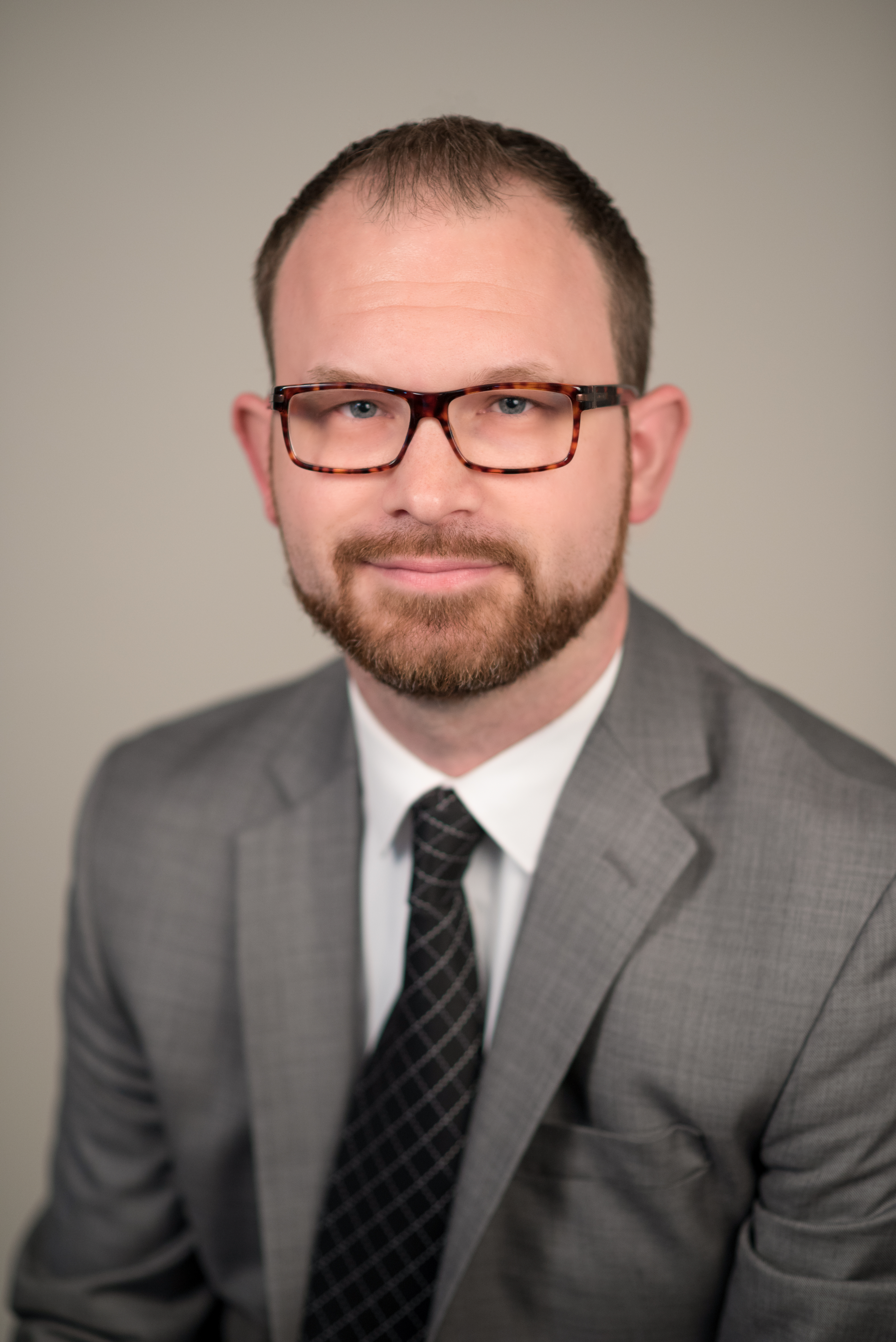
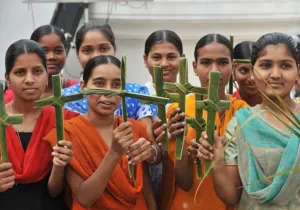

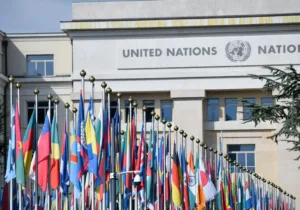
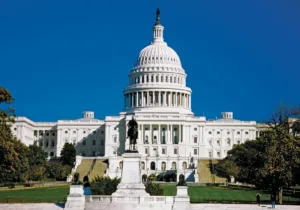
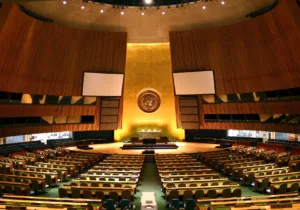

 Live in the DC area? Sign-up for Providence's in-person events list!
Live in the DC area? Sign-up for Providence's in-person events list!